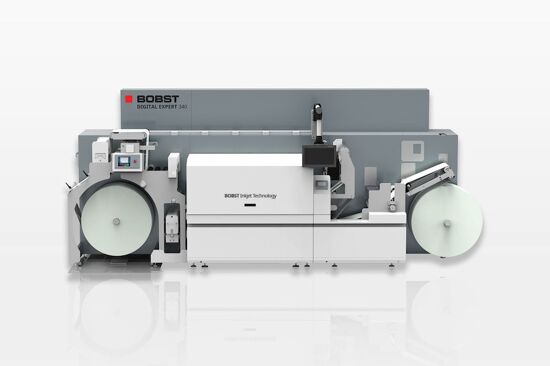What does your pipeline look like when you return?

Consultant, Matthew Parker shares 5 stages of creating an estimate of future sales after restrictions are lifted after COVID-19.
No-one knows how things will look when restrictions are lifted
However, there is one thing we all be pretty sure of: many of your customers will not be buying as much print as they used to. In some sectors, there will unfortunately be business casualties. The majority of businesses will need to pay off debt and rebuild their cash reserves. They will be managing their spending closely. You should expect to see reduced spending by many of your clients.
What does this mean for you? Well, it is not possible to start trying to work out a solution for your company until you know how your customer base will be affected. There are a lot of printing companies who will tell you that it is just not possible to understand what work you will receive from your customers in the next few days, let alone the next few weeks. However, it is feasible to create a fairly accurate picture of business over the next few months. This picture will be enough to help you make the right decisions for your company. It all comes down to 80:20 interviewing.
If you use this system you will gain enough information to make informed decisions about your business. If you decide not to look at what business might look at over the next few months you will find it very difficult to create an effective business strategy.
Here are the five stages of creating an estimate of future sales
After this, ask them what they think their print requirements will look like when restrictions are eased. As they are your top customers, you should know them well enough to be able to have an open conversation with them. If your monthly spreadsheet shows any special projects or unusual spike in business over the coming months, ask them about these too.
The remaining 80% of your customers only make up a small portion of your business so there is no need to speak to them individually. When I have worked with clients on sales planning during pre-Coronavirus times, I have always recommended that this business is estimated at 80-85% of previous levels. This is because you will always lose some clients. At the moment it is hard to work out what is the right percentage. I would personally choose 40-50%.
Will customers be able to give you accurate information?
Truthfully, it is going to be hard for anyone to forecast their business with any accuracy at the moment. But people are often surprised at the level of information that customers are able to give them.
Some businesses may not be open at the moment. You may not be able to make a realistic forecast for all your major customers. Inevitably that means a level of guesswork will have to happen. Nevertheless, with the help of this spreadsheet, you will now be able to gain a reasonable picture of what your sales might look like over the coming few months.
What do you do about the sales gap?
Now that you have an idea of the size of the gap, you have a choice. You can either restructure your company to manage reduced sales or you can go and sell more. In my next article I will be discussing ways to help build sales as your customers adapt over the coming months. I include five product ideas aimed specifically at typical FESPA members and show how you can sell these consultatively.
PS Discover more ideas on how to engage with today’s buyers: download my e-book for free “Ten Common Print Selling Errors and What To Do About Them”. You’ll also receive my regular “Views from the print buyer” bulletin, full of ideas on how to sell print effectively.
Find out how to create a 12-week sales project in my book “How To Succeed At Print Sales”.
Matthew Parker
After many years buying print, Matthew set up his own consultancy. He was approached several printing companies asking him to share his secrets on how to get the best out of today’s buyers. Mathew now shares his buying experiences, good and bad, with the printing industry. Over his career Matthew received sales approaches from over 1,400 printing companies. Matthew’s shares his knowledge as he has a unique view as a commercial buyer of print. Matthew works with his clients, providing training, mentoring and e-learning to help them create profitable new business.
Over the years Matthew has worked with hundreds of printing companies. He has worked with numerous leading print industry associations including Dscoop, FESPA, BPIF and IPIA. He has also spoken at a wide range of industry gatherings all over the world for the likes of Xerox, Canon, Konica Minolta, HP, Dscoop, Antalis and FESPA. And he has regularly featured in publications such as Printing Impressions, Canvas, Printweek and Print Monthly, to name just a few.
Topics
Interested in joining our community?
Enquire today about joining your local FESPA Association or FESPA Direct
Recent news

Sustainable substrates for vehicle wrapping
As demand for environmentally friendly applications continues to increase, Rob Fletcher takes a closer look at some of the more sustainable materials available to companies working in the vehicle wrapping sector.

Available substrates for outdoor sign and displays
Nessan Cleary details the available substrates for outdoor sign and displays.

